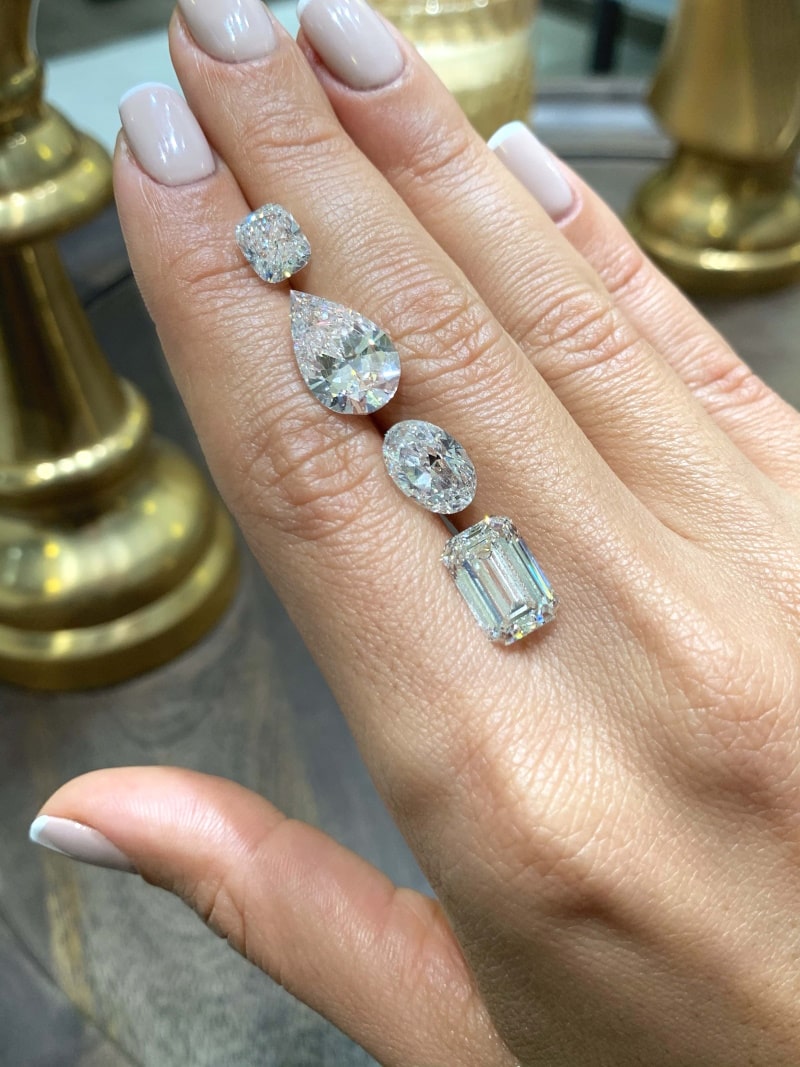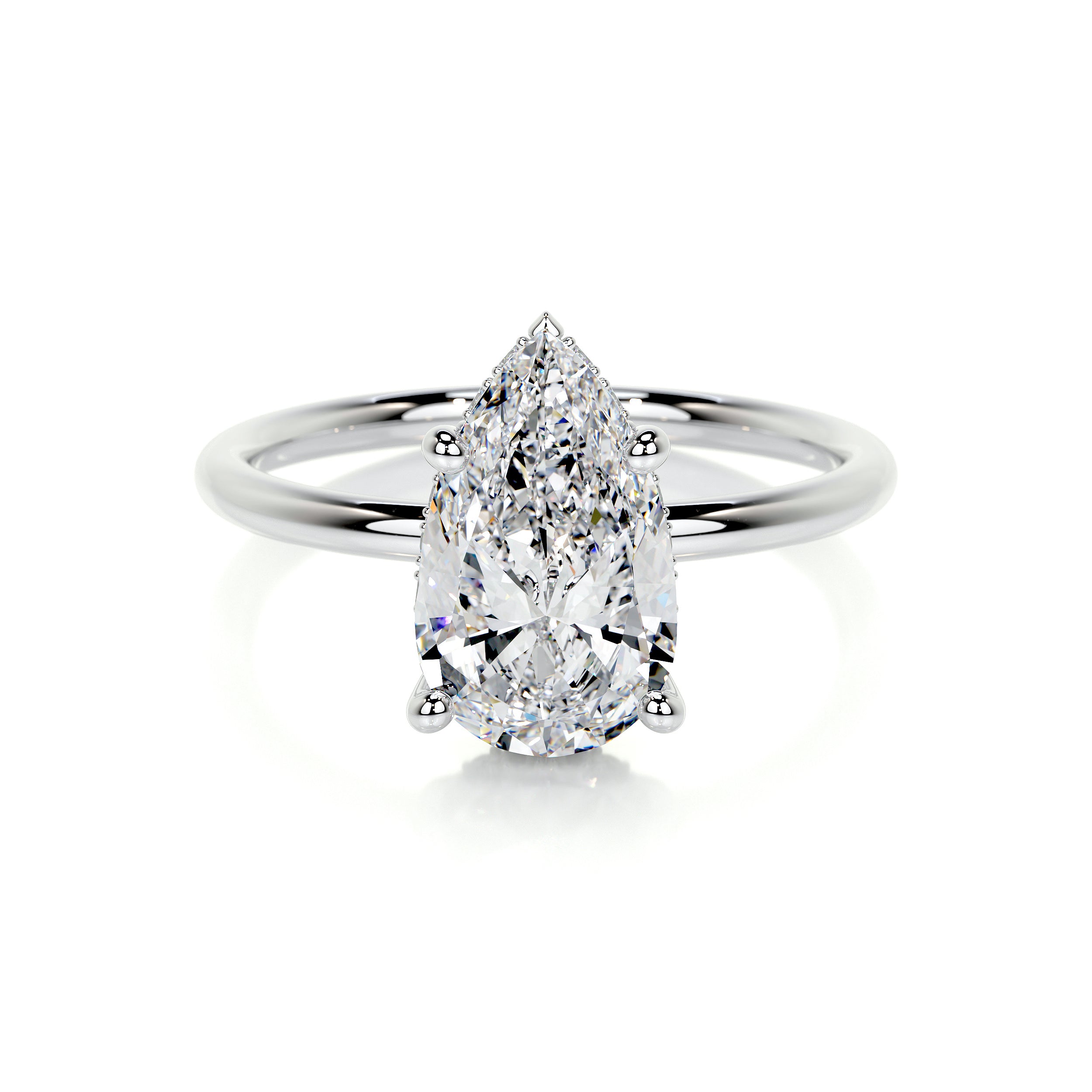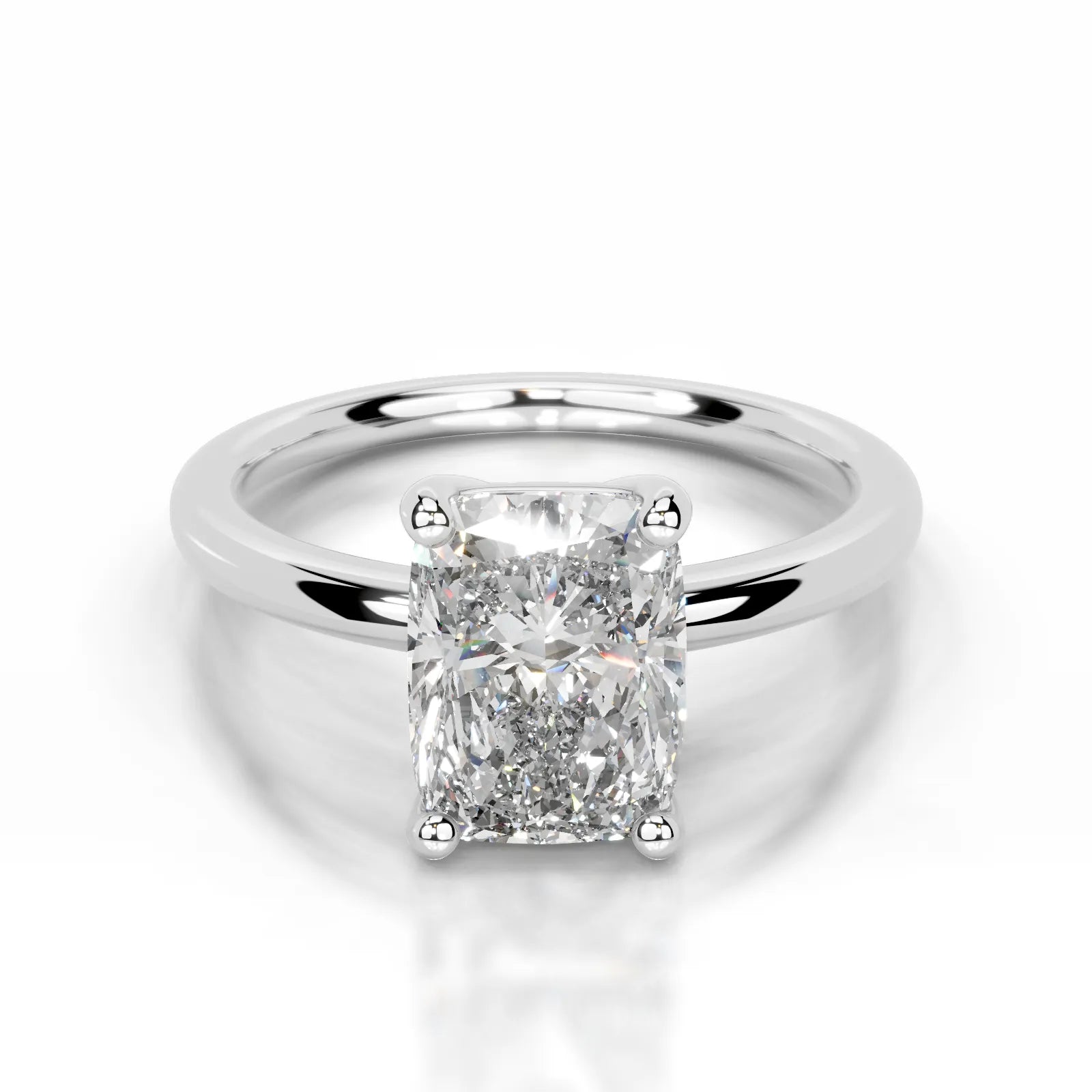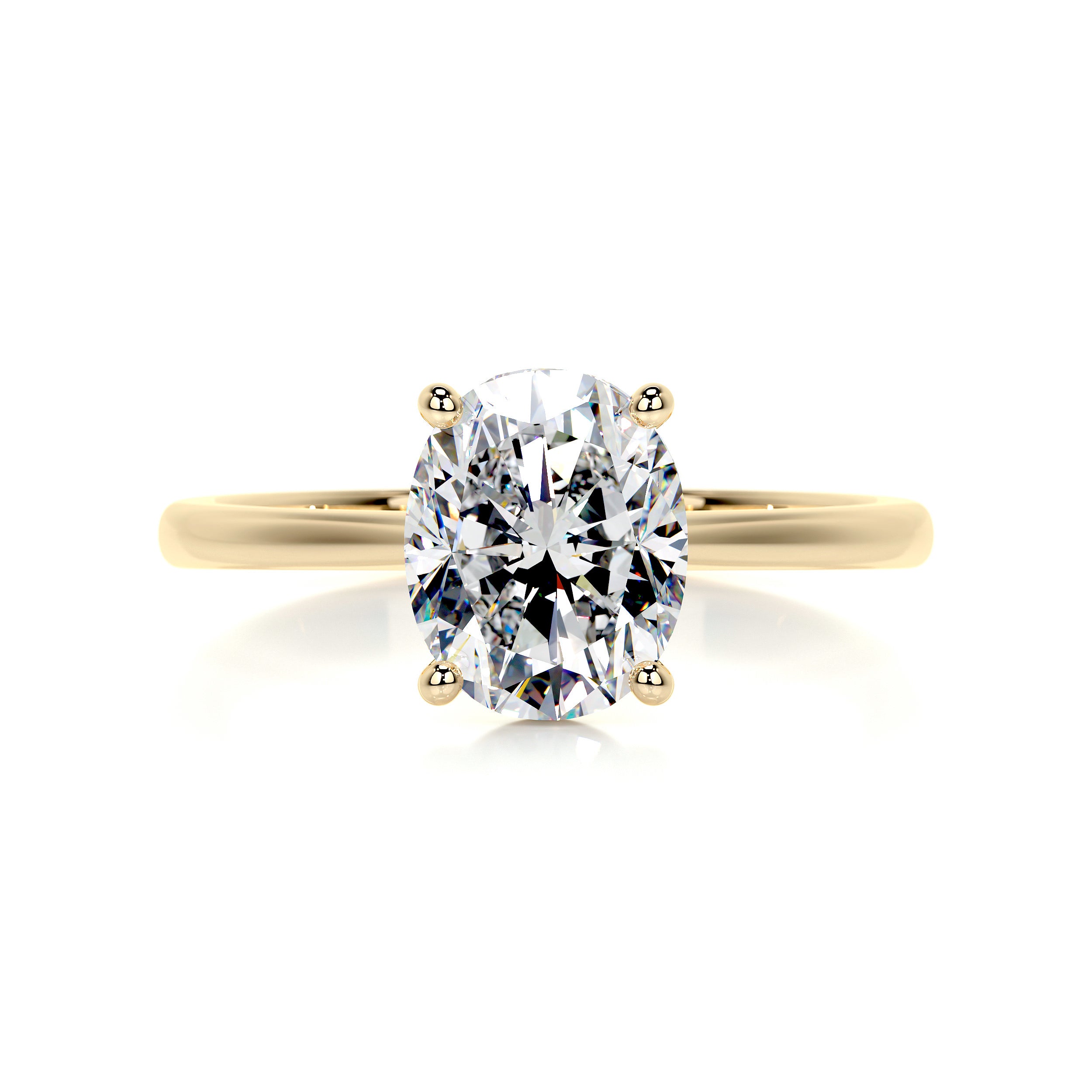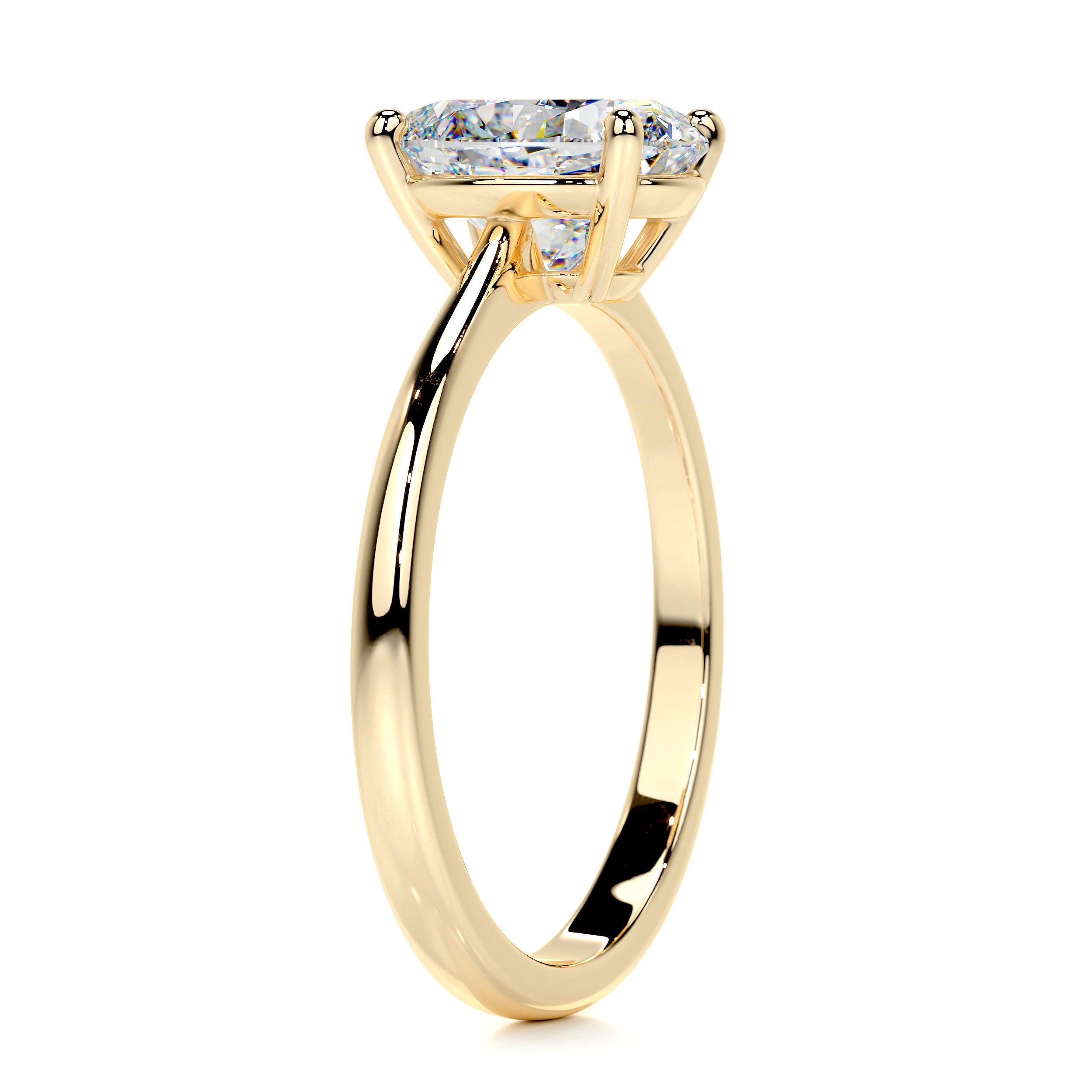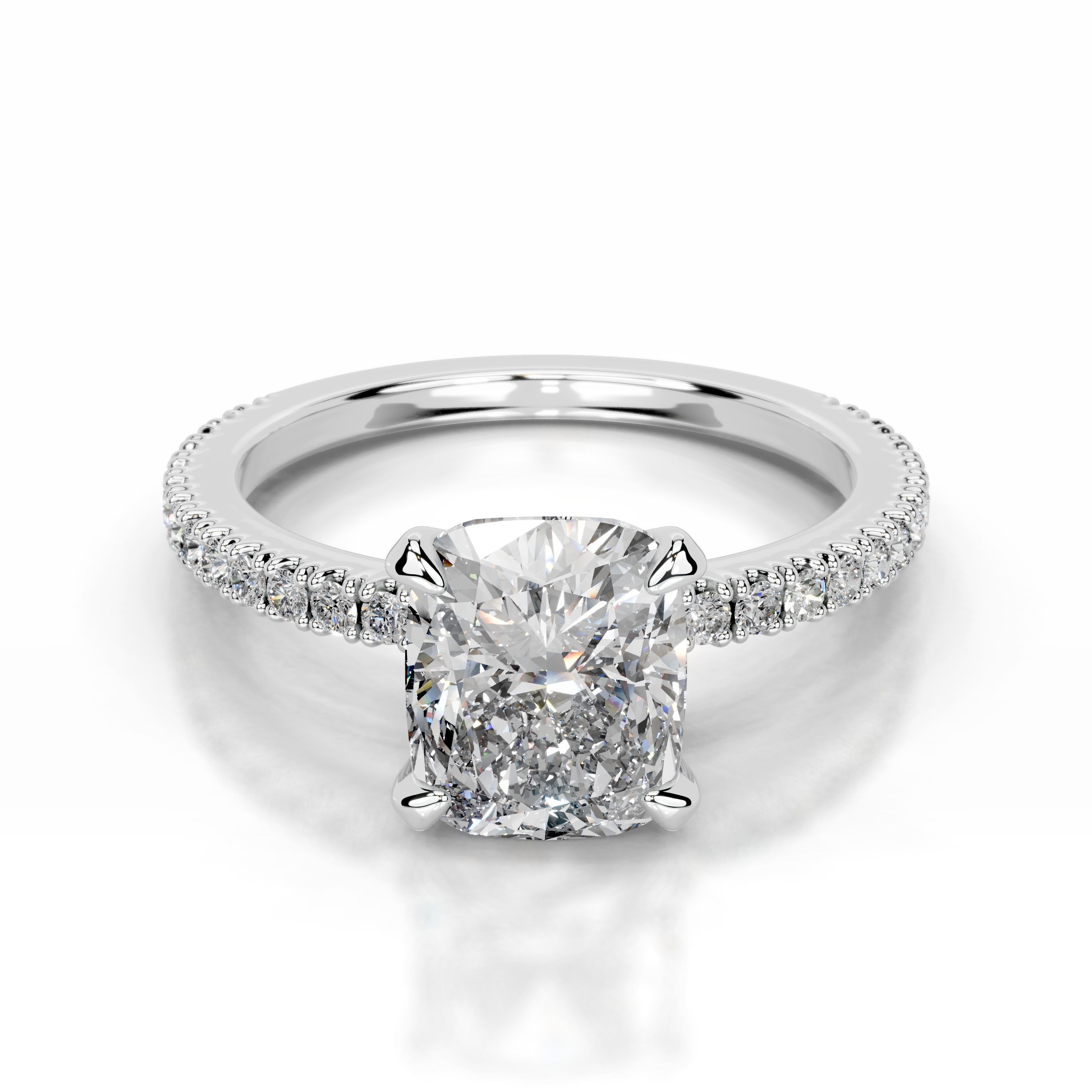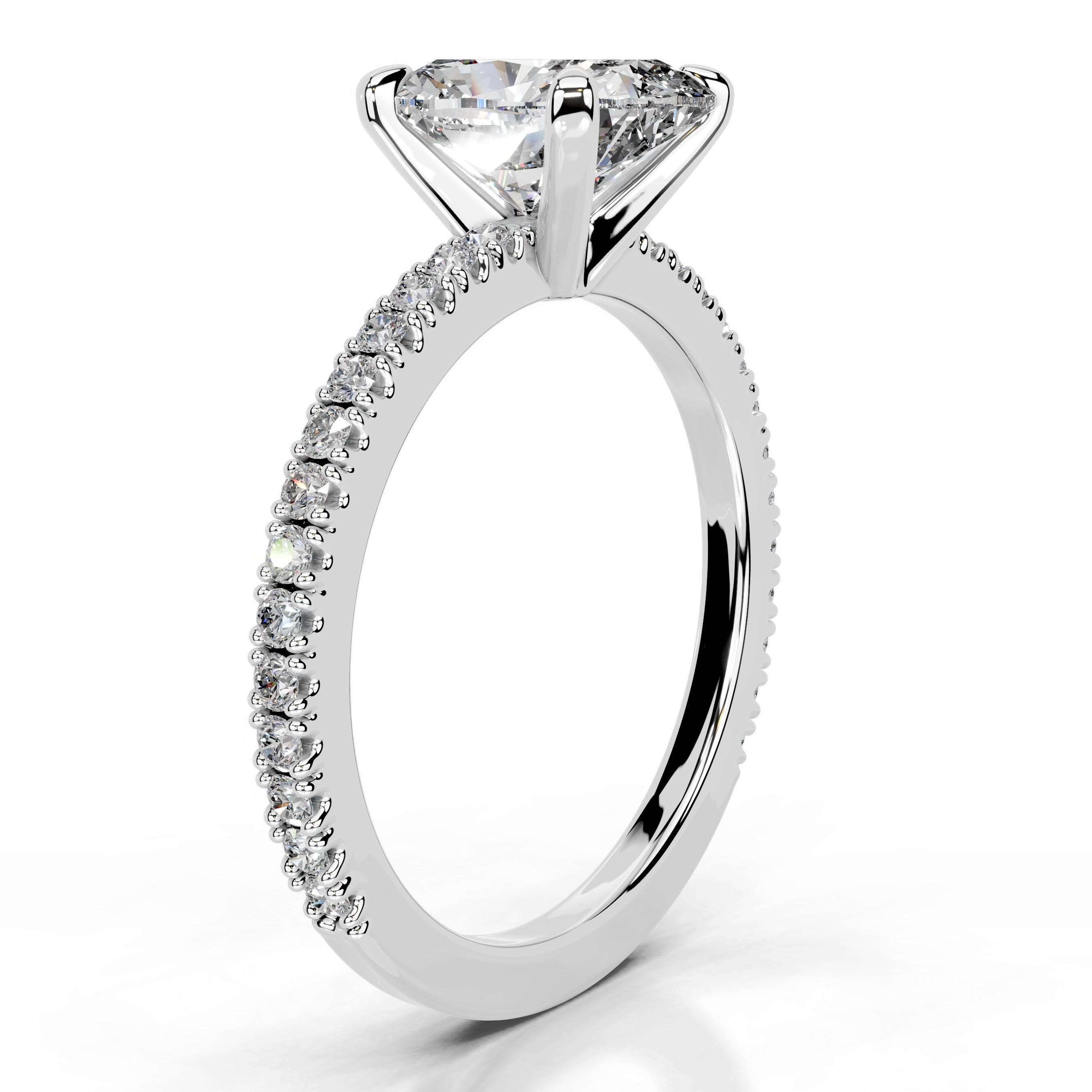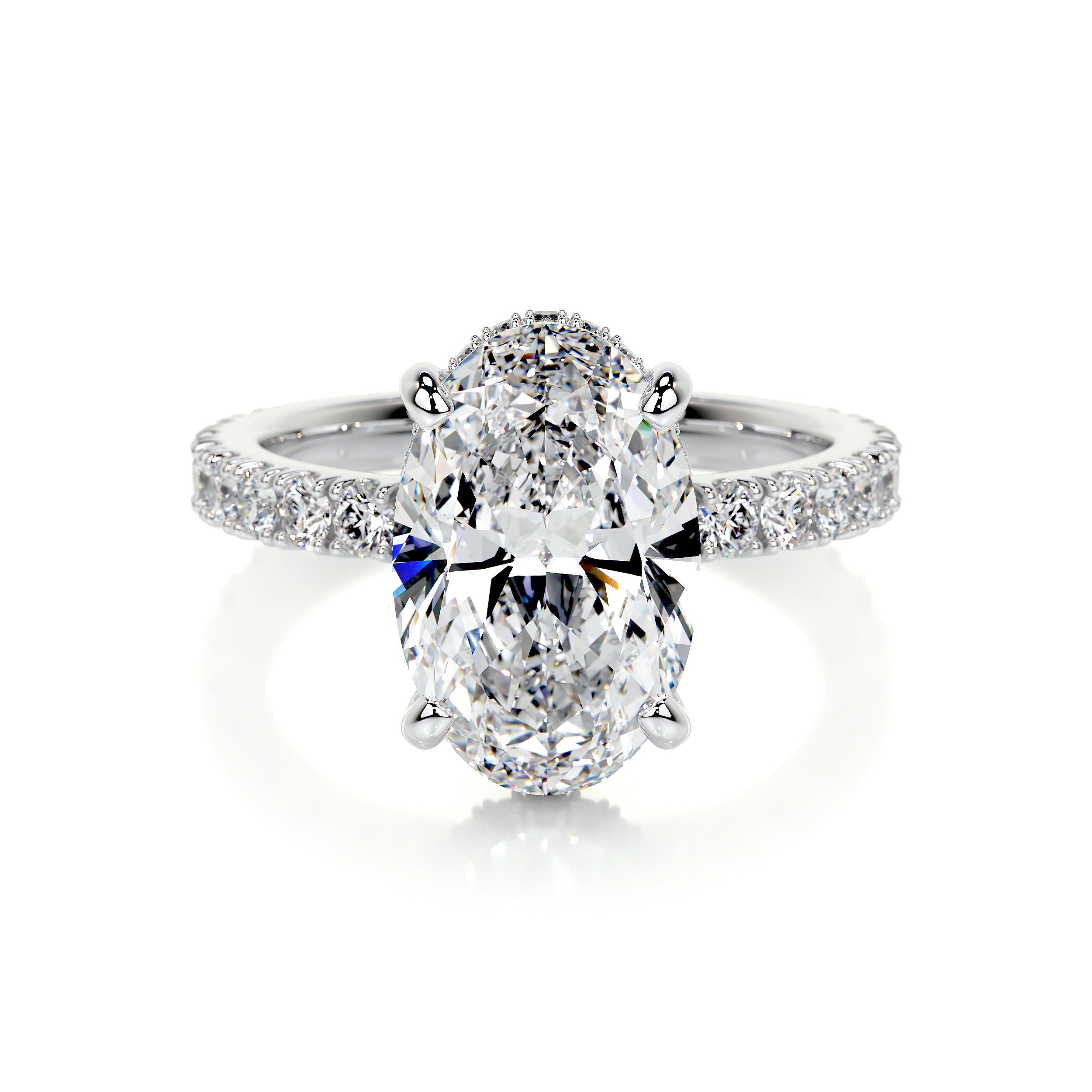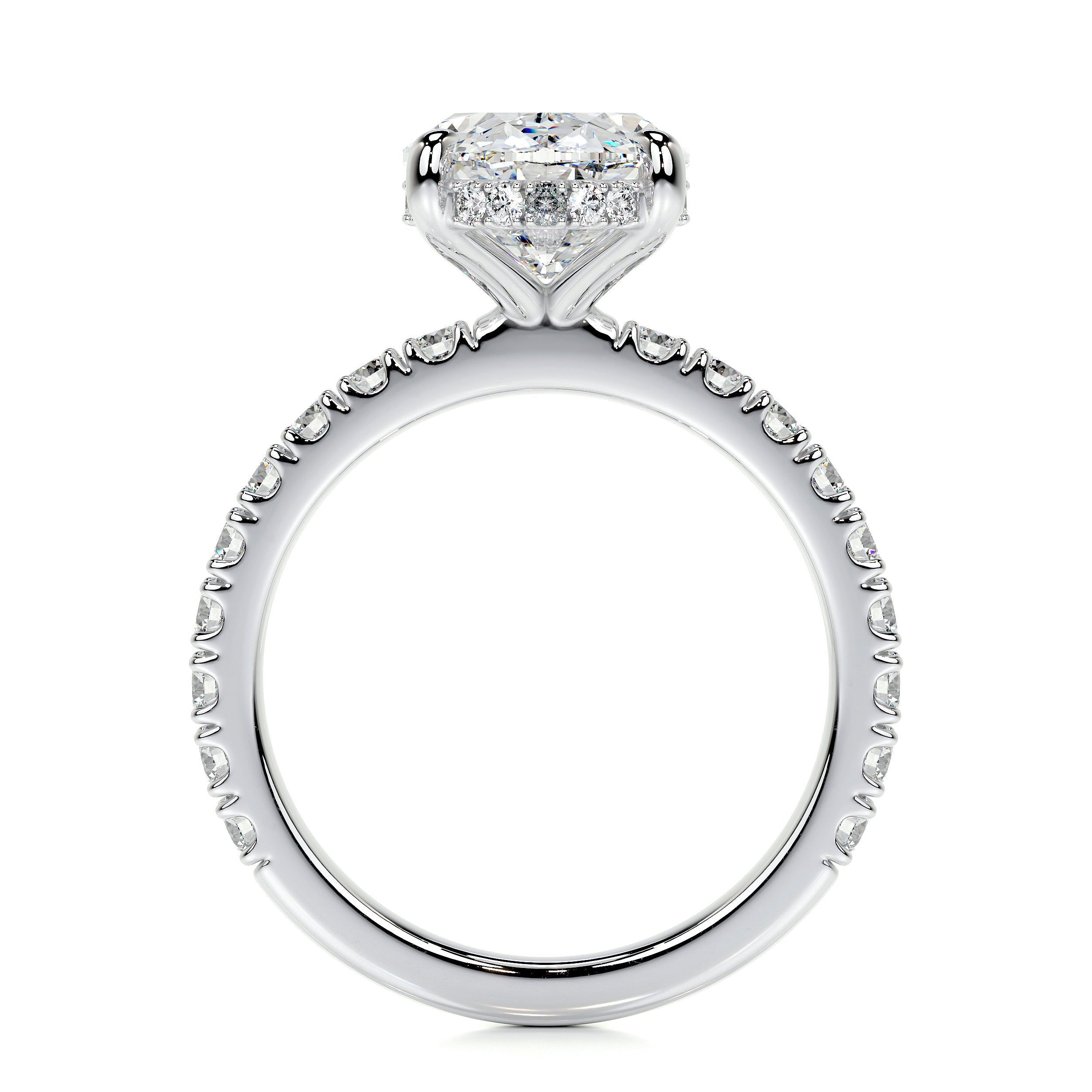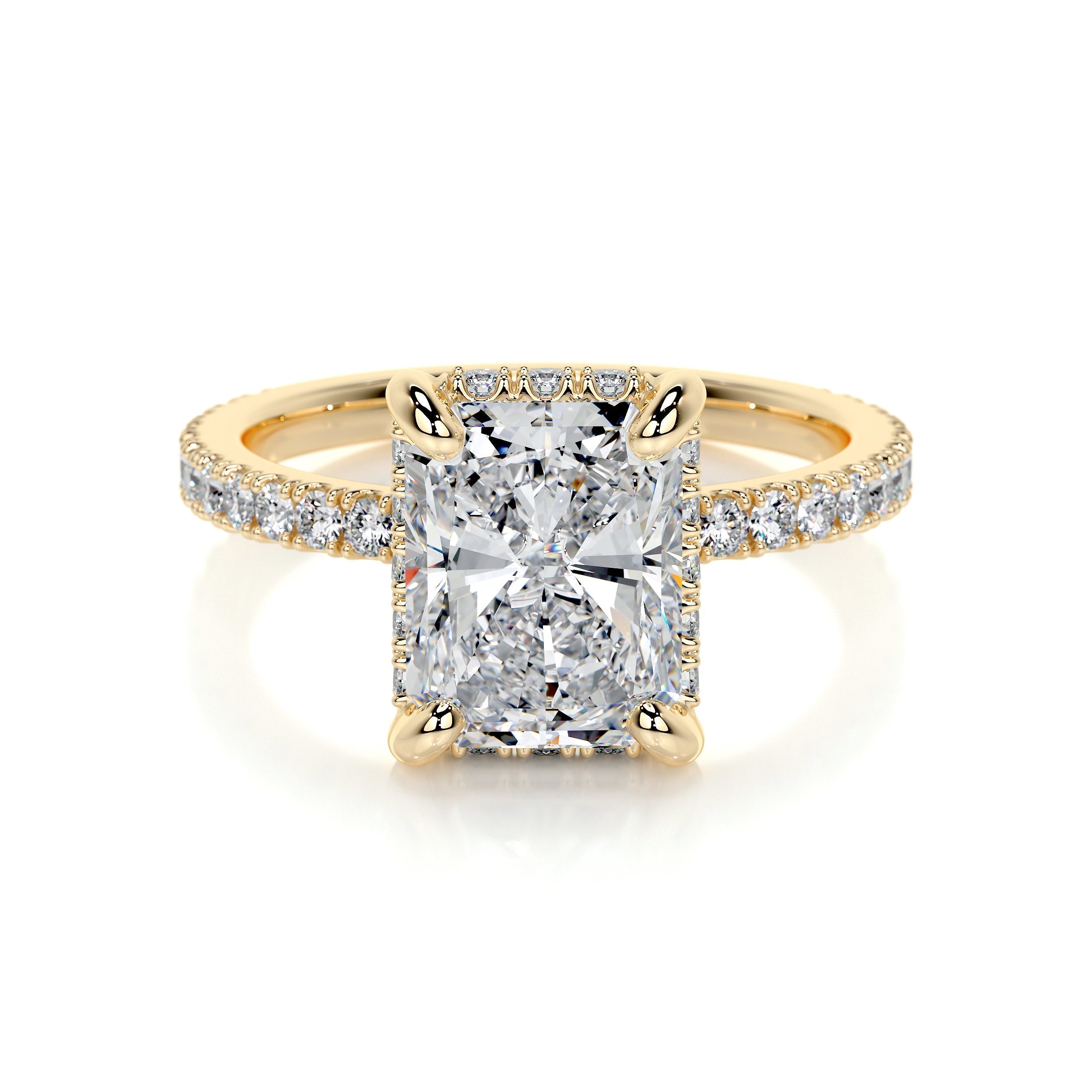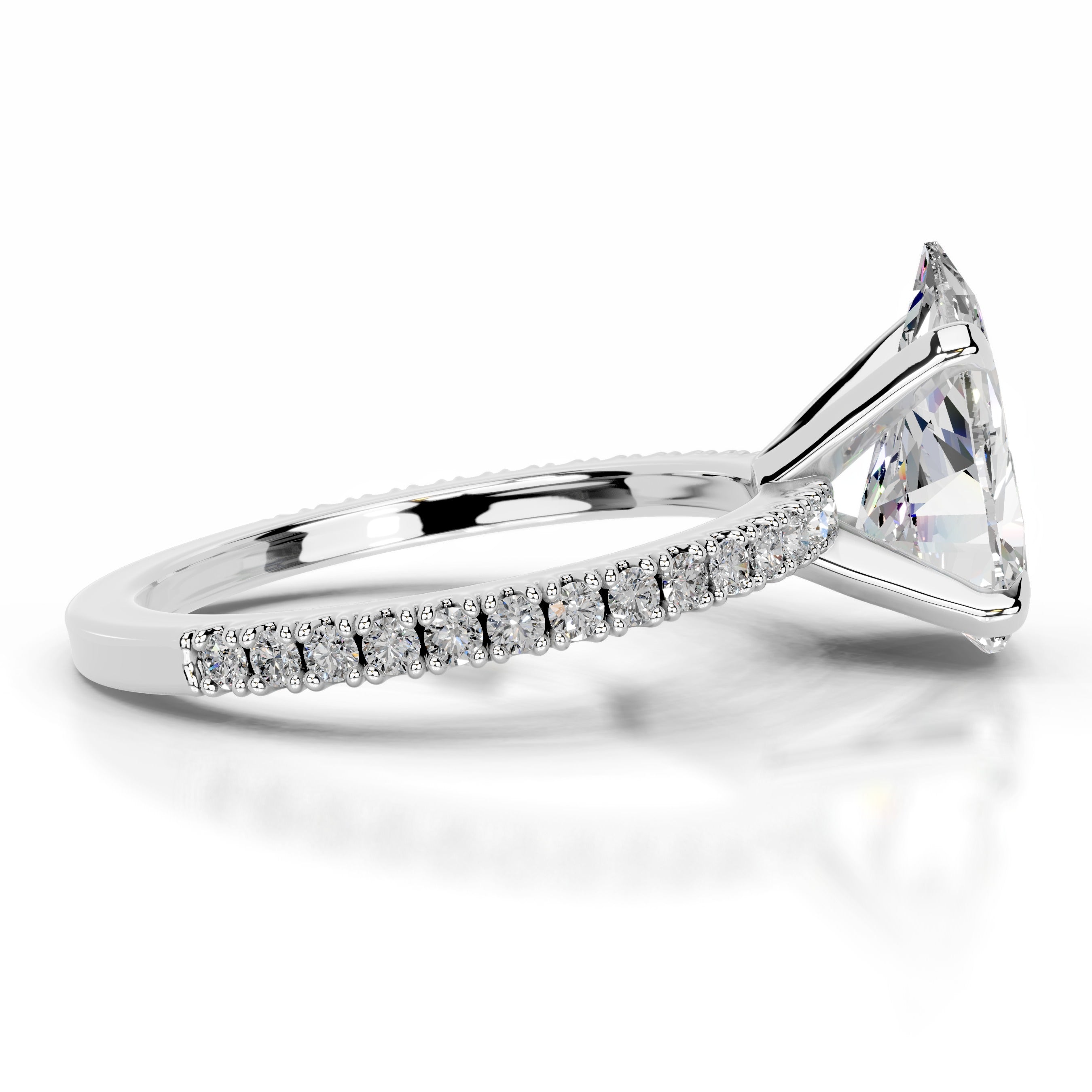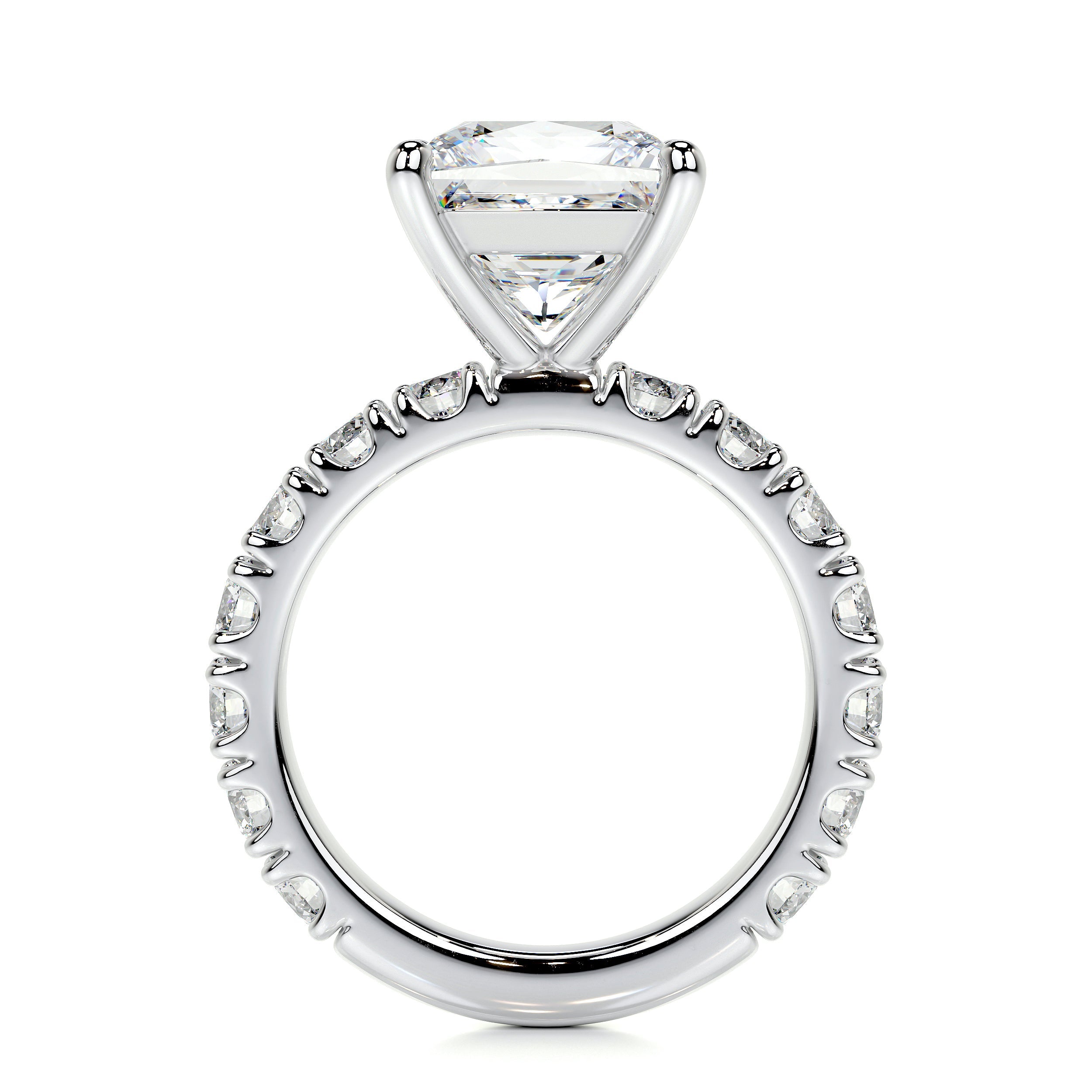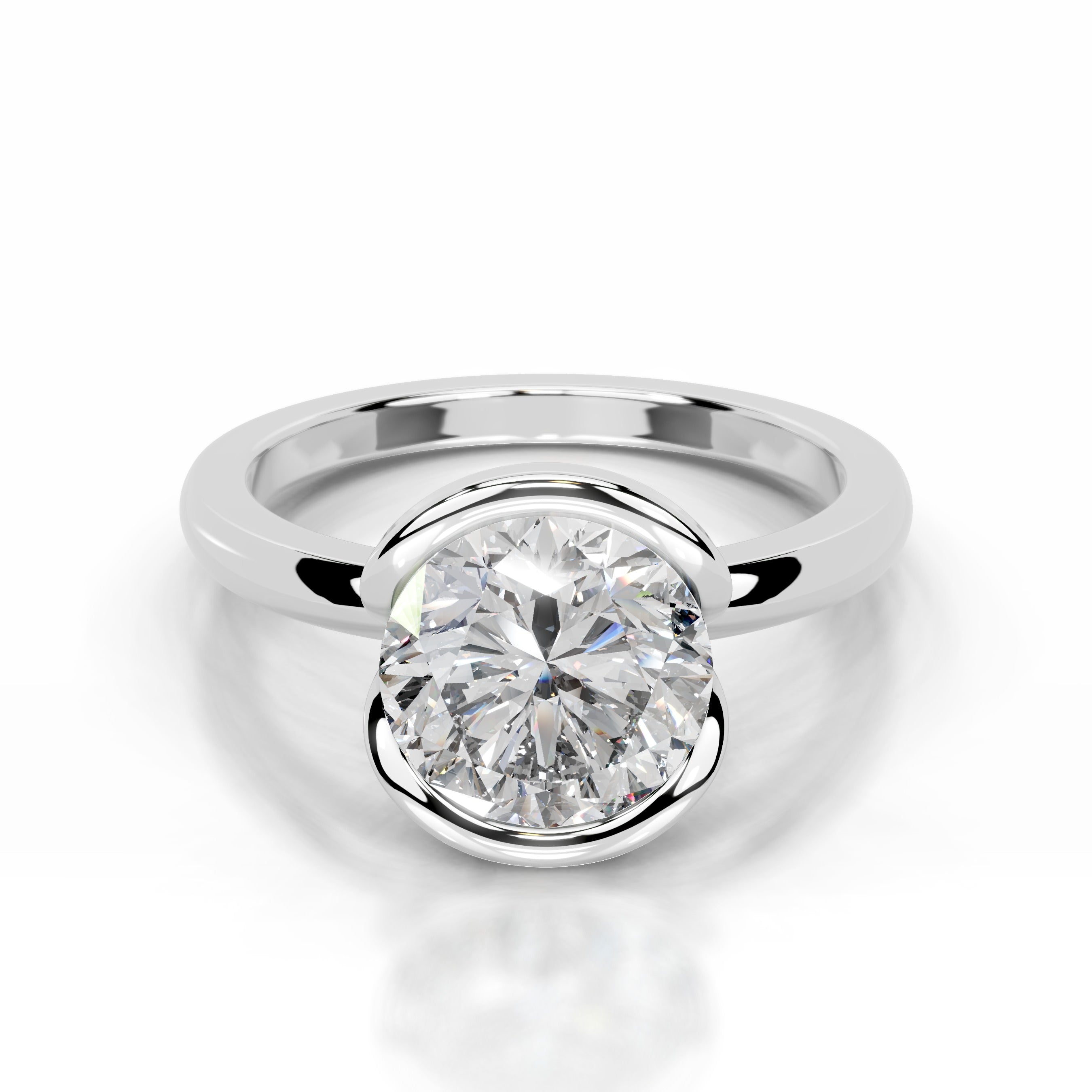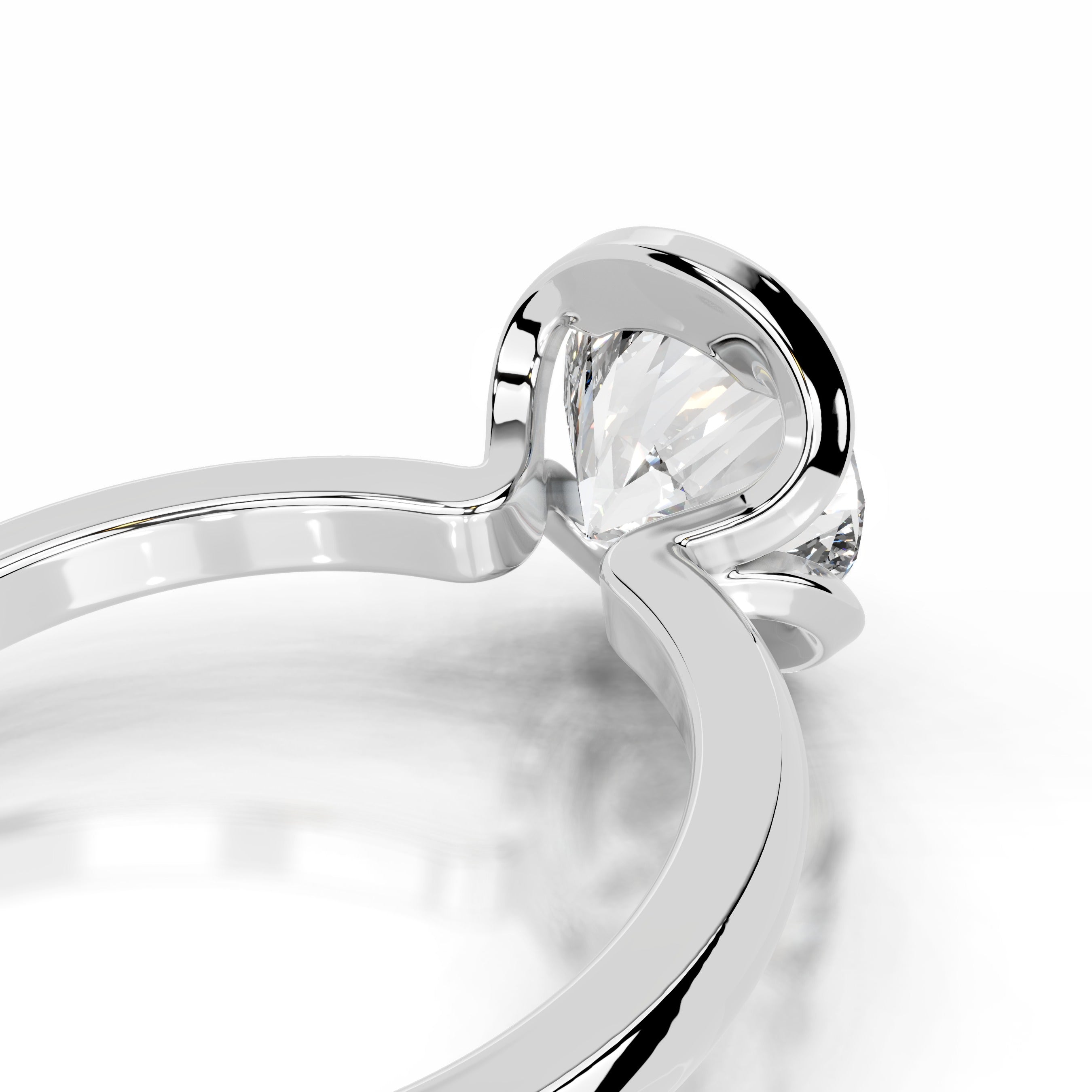Shopping for a diamond is an exciting venture. But let’s be honest, it can also be a bit intimidating. There’s so much to learn about diamonds to get the best looking stone at the right price. We all want value whether we’re spending $1,000 or $50,000. This diamond guide is created to show you the variety of things to consider before you buy. There are some very easy to understand quality elements which contribute to the pricing of a diamond—whether choosing the 1 carat size or something substantially larger. Every size of diamond deserves your thoughtful consideration. That way you’ll make an informed purchase and have a stone to cherish for decades to come.
So, let’s go over several key points of diamond buying and present an easy to understand and remember diamond buying guide.
Budgets Give Definition to your Selection
First of all, set a budget so you have some parameters to work with. But here’s one thing to keep in mind even when you set a budget that works for you. You may find the ‘perfect’ diamond and discover that it’s slightly outside your target budget. Don’t let that dissuade you from considering it. Your diamond is not only an important purchase, but it is part of your love story and you’ll be wearing it and enjoying it for the rest of your life. Viewed in that framework, a little over budget may not be a deal breaker at all.
Brushing up on the 4Cs
You may have heard of the 4Cs of diamond value before, but if you weren’t in the market for a diamond it may not have meant much. Now’s a good time to familiarize yourself with the 4Cs; what they are and how each C impacts diamond value. Knowing what each of the 4Cs refers to gives you an expanded diamond language with which to communicate your preferences while shopping.
In that end you may discover that one or maybe 2 Cs are most important to you—and that will end up guiding your purchase. For example, some shoppers are firmly set on buying the highest clarity diamond their money can afford. The stone will exhibit extraordinary clarity and shine and be an eye catcher. For others, the color (with colorless diamonds, this means the lack of body color!) so they’ll put more importance on that characteristic. See what we mean?
4Cs in Brief
The 4 Cs are divided into this grouping; Carat, Color, Clarity, and Cut. Let’s go over each one to learn how diamonds are graded.
Carat—this means the carat weight of the stone. Carat is a measurement of the diamond’s weight rather than its size.
Color—when it comes to colorless diamonds, the absence of any body color ranks the diamond higher on the scale. This is because completely colorless diamonds are exceedingly rare. But don’t let a little body color discourage you if you truly love the stone. Starting at D for completely colorless, diamonds go down the scale to Z which shows brown body color in stones.
Clarity---Flawless (F) diamonds are costly due to their scarcity. The clarity scale descends all the way to I3 indicating the most included stones (those with the most prominent flaws in them). Your diamond expert will help you navigate each of the clarity grades to show you their clarity level. You’ll be delighted to learn that some stones with a bit lower clarity grades are still very attractive because the minute inclusions are not visible to the untrained (naked) eye.
Cut—this grade stumps many diamond shoppers. You may think it means the shape, as in round or pear shape. But it’s actually an assessment of how well (or less precise) the stone is cut. Well cut diamonds reflect light to its optimum beauty—making the stone sparkle from far away when the cut is superb.
You’ll hear references to each of these 4Cs while examining a diamond, so our guide must familiarize you with each category before you start shopping. In the real world, seeing one stone next to another –and having their characteristics pointed out allows you to begin to train your own eye to see the difference in quality.

Size Matters
Whether you’ve got your eye on a 1 carat or a 5 carat stone, you’ll soon discover how the price ascends exponentially as the carat size gets larger. As you shop, you’ll see that the diamonds are rarely the exact carat size that you’ve got in mind. Looking for a 1 carat perhaps? You may be offered a .98 carat, very slightly under the magic number of 1 carat. The difference is so minute that you may simply love that stone—so don’t let the slight variances in size put you off.
Since a 1 carat (exactly) stone will differ in price from the .98 carat stone, you may find that its unnoticeable difference is offset by the lower price.
Difference in Diamond Shapes
As mentioned previously, the carat measurement refers to its weight—not the size. This is true, but because of the wide array of diamond shapes, some stones appear larger to the eye. So this is something to take into consideration. Today, most 1-cart round brilliant diamonds are about 6.5mm in diameter. These will vary somewhat, because the polishers are aiming for the most attractive result when cutting the stones—so the classic round diamond may vary slightly as the polisher works to create the most sparkling diamond he or she can from the rough.
The princess shape stone, because of its square outline will often have a deeper pavilion—that cone shaped underside. So a 1 carat round brilliant diamond may look larger than a 1 carat princess cut stone.
Some diamond shapes help enhance the graceful look of the lady’s hands. The pear shape is a perennially lovely stone, with one rounded end and the opposite end being a point. Worn on the fingers, a pear shape seems to be larger generally, plus its shape gives the impression of elongating the fingers for a more graceful appearance. The marquise (a football shape stone with points on both ends) and the oval, (an elongated version of the round brilliant) likewise can appear to be larger in carat size than they actually are. Who doesn’t love that?
Today’s fortunate diamond shopper will discover many more diamond shapes—like emerald cut, cushion, Asscher, and more. Each diamond contour has its own charm. Only by seeing several together can you contrast each one and find out which one you prefer.

Choosing the Center Diamond
Most shoppers look for the center stone first of all before choosing the setting. So this is the time to look at several diamond shapes—even if you have one that you liked in particular. Seeing all the diamond shapes on the finger will open up your options to consider a different shape diamond altogether. Since many settings allow for different shaped center stones, you have options on both the shape of the diamond and the setting you’ll select.
Deciding on Carat Size
With all of the other deciding factors to consider, you don’t want to overlook spending some time in selecting the right carat size for you. Of course, since the larger the stone, the more costly it will be. But variances in the other Cs can soften the impact of the price. For example, selecting a slightly lower color on the scale than the D grade will lessen the cost of the same size stone. Likewise if you find a stone with a bit lower clarity grade-while still dazzling, you will see a more affordable price on that stone too.
See it on the Hand
Many brides will simply say, the bigger the better when it comes to the carat size. But not so fast. There are considerations to weigh when deciding what the right carat size is for you. If the bride has a very active lifestyle-with sports or even in the work place, she might be happier with a beautiful stone that is not the absolute largest she can afford. It will be more comfortable to wear every day and in all situations.
Also the size of the hand and length of the fingers can come into consideration. A larger hand will be able to wear a large carat diamond beautifully, because the proportions will be just right. Conversely, a petite lady with small hands may find that a dainty ring with smaller carats will look graceful and lovely on her.
Looking at a variety of diamond carat sizes and different shape diamonds on the hand may prove to be eye opening. You’ll soon find the exact size and shape that most flatters the hand—whether it’s a 5 carat (or larger!) or that f the 4Cs refer to gives you an expanded diamond language with which to communicate your preferences while shopping.

Enjoy the Journey
Shopping for a diamond is one of the most enjoyable and exciting adventures the couple can embark on. It is probably the first and most important purchase of this new life together.
Understanding the differences in quality and diamond shapes opens up your mind to considering diamonds you may have overlooked. Speaking the language of diamonds by using the 4Cs also brings your preferences into laser focus while shopping. Armed with these guidelines for purchasing a diamond, you’ll love every moment of the journey.
